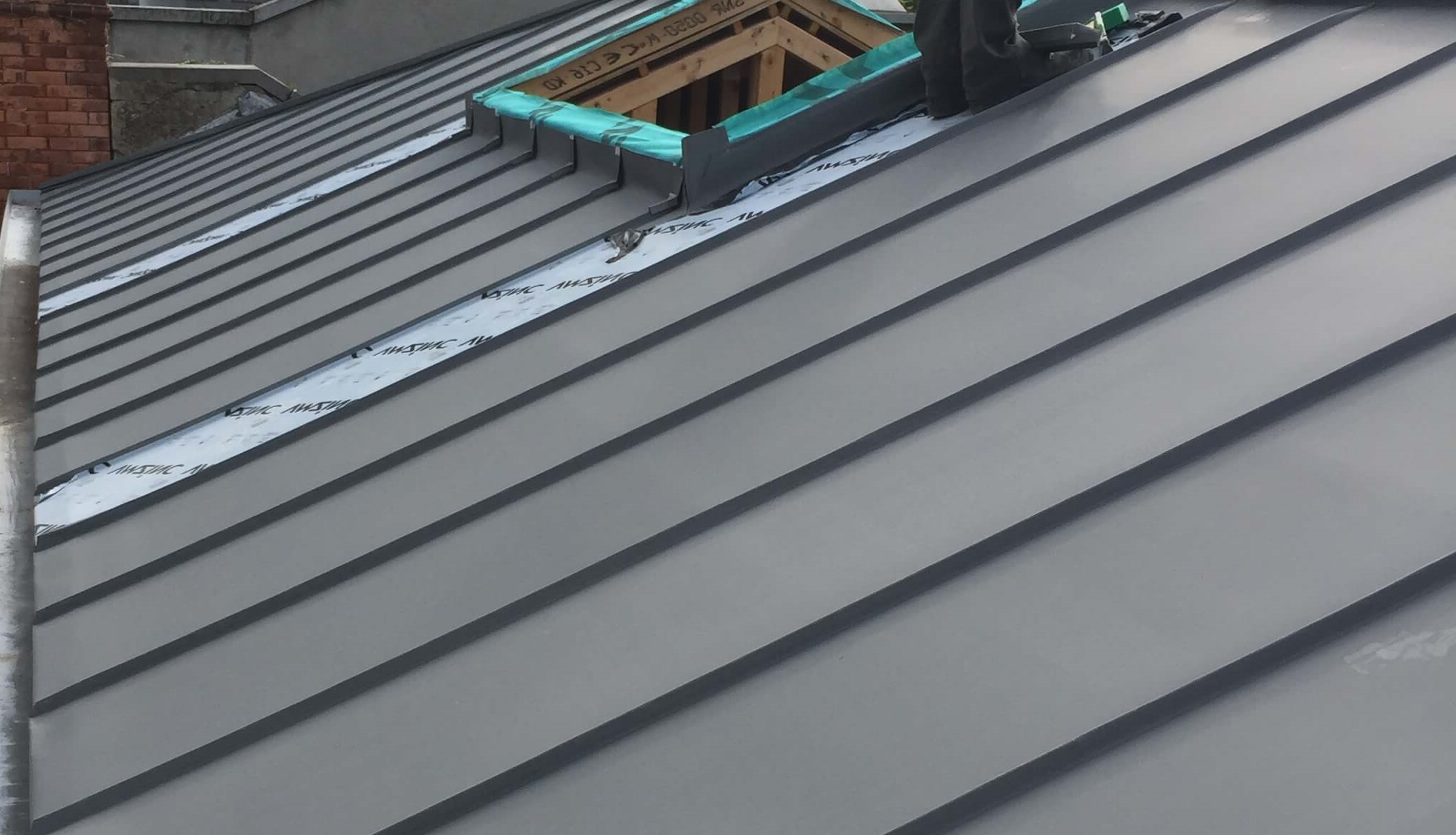Sustainability is at the forefront of our awareness throughout the world. Most of us want to find ways to be gentler in how we go about our lives, whether that means using a reusable bag, or finding a way to use less power.
While most of the time the changes we can afford to make to help the planet are relatively small, when it comes down to reroofing the house, what you do can make a big difference for the planet.
Reroofing the house can long term be very beneficial to the planet
If your roof is in poor condition, replacing the roof, even with unsustainable products, may still be beneficial to the planet. While an asphalt shingle GAF roof isn’t a sustianable choice, if your heating and cooling are leaking out of your home constantly through damaged insulation due to moisture, fixing the damage can preserve your energy from escaping, saving electricity from your heating and cooling bill.
If you’d like to take it a step farther, these three roofing choices are considered very sustainable:
Metal roofing
At first, metal roofing might not seem like a very sustainable option. A metal exterior probably comes off as the opposite of a royal roof to anyone who looks at it from above. However, It’s very energy intensive to mine the metal, remove impurities, make it into roofing material, and then ship it. If these were the only considerations, metal roofing would be a poor choice indeed.
Metal however, is uniquely qualified as a potential closed loop roofing solution, because it’s very easily recycled. The metal in the roof can not only be made from entirely recyclable materials, but it can also be recycled after it is no longer usable as roofing material.
This makes metal roofing a sustainable solution, with potentially endless reuses.
Wood Shingles
Wood shingles are also a potentially sustainable solution, especially if the wood shingles are made locally or are FSC certified. At the end of the lifespan of the roof, wood shingles are biodegradable if made from untreated materials, but have their own drawbacks. They aren’t as long lasting as other forms of material, and can be energy intensive to make.
Terra Cotta
Clay is a very plentiful resource, and while it is not unlimited, there is so much clay available throughout the world, it’s unlikely we will run out. Terra cotta tiles are extremely energy efficient to create, last a long time, and some tiles are even 100% recyclable. Terra Cotta can also help lower energy bills, making them a valuable asset.
Terra Cotta is made from earth and water, and is thus made from biodegradable materials. They can also be extremely beautiful, and come in a lot of different colors.
If you’re planning to reroof your house and want to be kind to the environment, there are a number of great options available to help you with that task. Replacing old roofing is very important to help insulate and protect your house, and choosing a closed loop or more sustainable option can make a real difference to the planet, as well as to your pocket book.
